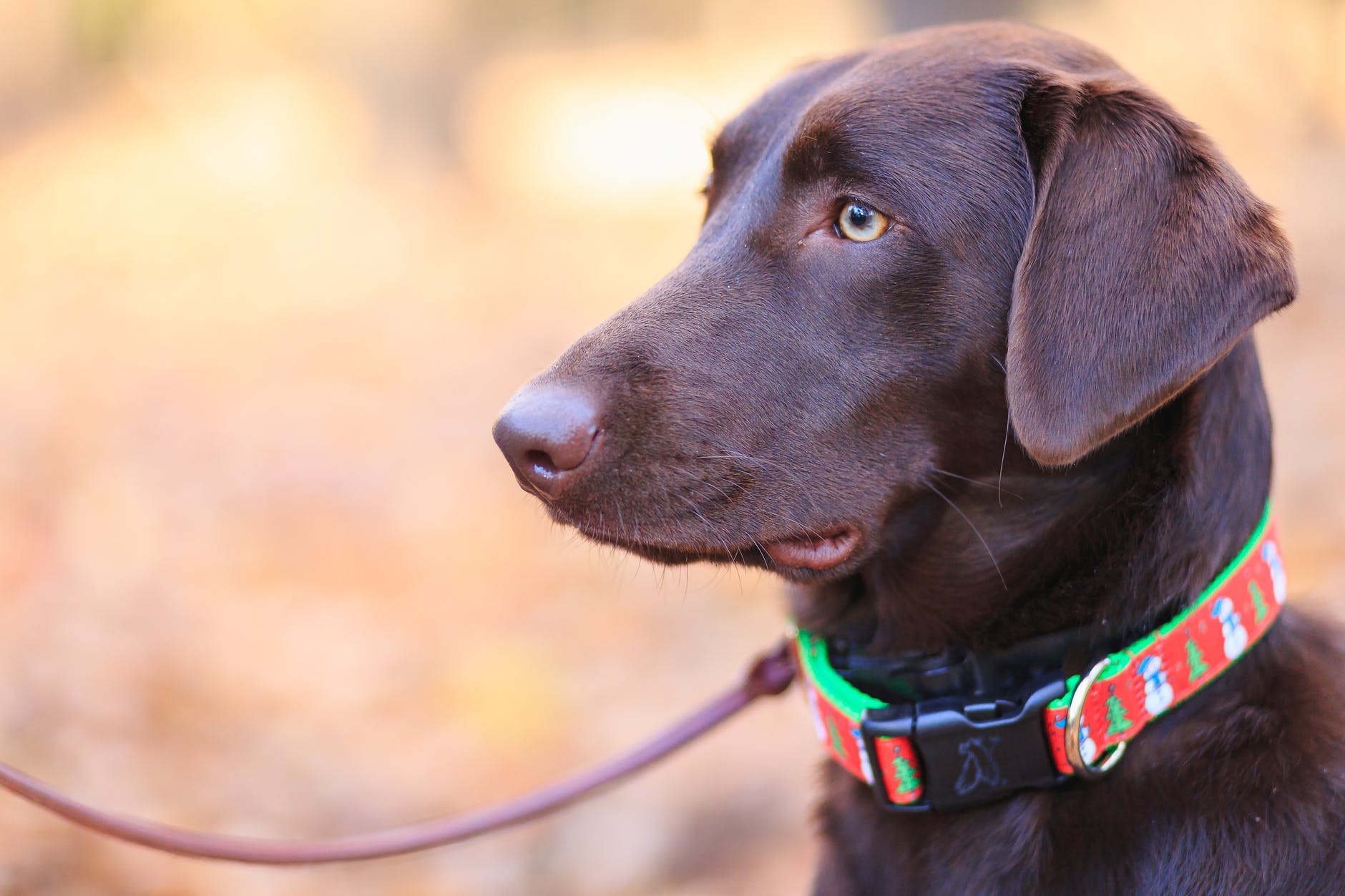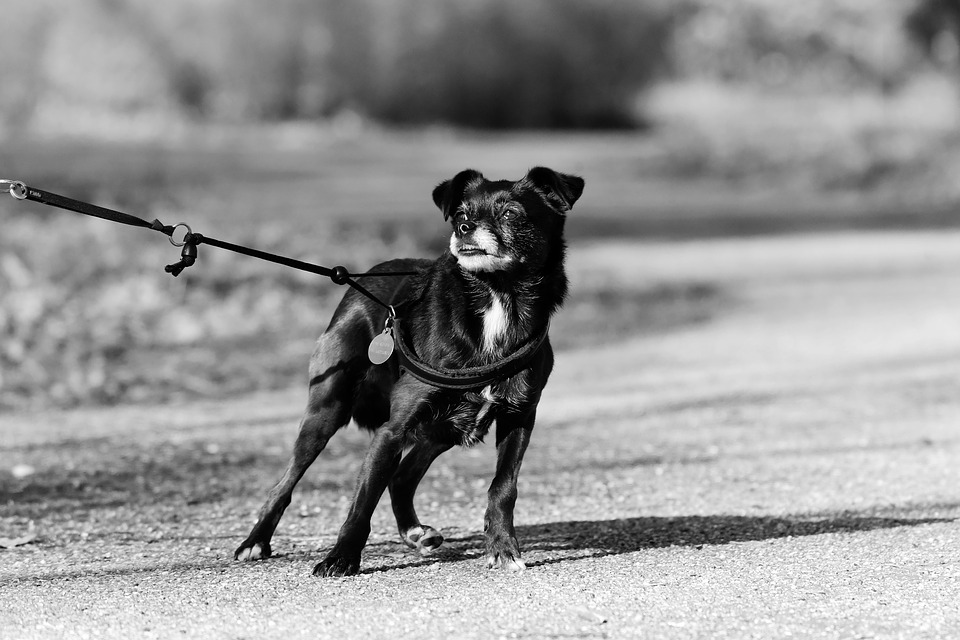Different Types of Unique Dog Collars and Leashes
May 13, 2021 19:37

After your decision to buy dog collars and leashes, the several options available when you go to pet stores or browse through a dog-supply website can feel pretty overwhelming. However each of such dog collars and leashes serves different purposes.
Below, we've outlined some of the most popular varieties of unique dog collars and leashes to help you make the right choice for your pet. If you're unsure about which type is best for your dog, consult a dog trainer or a veterinarian to help recommend what's best for your dog based on its specific needs.
1. Flat Collar
The flat collar is one of the most prominent and best dog collars used by people. They are mostly made of leather or nylon, and when handled properly, they are mild on a dog's neck.
The downside of flat collars is that they are problematic for dogs with bigger necks than their heads, such as Whippets and Greyhounds, as they can easily slip out of their neck. Also, dogs who tug on their collar can unintentionally choke themselves. Flat collars are usually customizable and come in an assortment of sizes and colors.
2. Martingale Collar
The Martingale collar serves more popularly as a training aid for dogs. This collar is made of a large knot used for fitting the dog's neck and a loop for attaching the leash. The wider loop attached around a dog's neck tightens to keep it from slipping out of the collar as it pulls.
However, it does not exert enough pressure that can choke the dog. Many dog trainers consider the Martingale collar to be a better option than the standard collar. It's suitable for dogs with short heads, such as Greyhounds.
Use the Martingale collar only when a trainer or the dog's owner is around to monitor them. It can inflict neck injury in dogs that pull excessively.
3. Slip Collar
Animal shelters and veterinary clinics often use the sip collars in restraining dogs that refuse to be confined. When handling an untrained, heavy puppy, the slip collar comes in handy. Neck damage is possible in dogs who tug or lunge repeatedly.
4. Head collar
The design of a head collar is similar to that of a horse halter. The collar is clipped between the dog's ears and fastened over the snout. With the head collar, you can subtly divert the dog's attention whenever it starts pulling. A head collar offers dogs a soothing effect that enables easy control of leash walks.
However, some dogs despise the head collars and try hard to get rid of them. Over time, the fur on the face begins to wear out with continuous use.
5. Prong or Pinch Collar
The prong collar is generally used to train dogs. Its use, however, is somewhat contentious. Some people consider it a helpful training aid, while others believe that using it is abusive and inhumane because it can harm the dog if it's not fitted and placed correctly.
Dog training experts assert that the prong collar is only helpful for changing inappropriate habits during training. The collar also acts as a self-correcting device for dogs who lunge or pull.
Types of Leashes for Pet Dogs

1. Standard Leash
This leash is one of the most predominant dog leashes available. It comes in several different colors, textures, widths, and lengths. They mainly consist of a loop on one end for fast grasping. Some are designed with a reflective cloth, which acts as an excellent safety feature during evening strolls.
When purchasing the standard leash, ensure that the dog's height matches the weight of the leash. For bigger dogs, a heavier leash can help provide more regulation and control. One of the most prevalent types of standard leashes pet owners use is the rope leash. The same material used in making mountain climbing ropes is also utilized in the manufacture of rope leashes.
2. Retractable Leash
With a retractable leash, you can decide on the distance and level of freedom the leash will allow the dog. Retractable leashes range in length from 4 to 30 feet and have a locking mechanism built into the plastic handle. The tool allows the leash to be locked at different distances.
3. Bike Leash
This leash is ideal for dog owners who enjoy taking their dogs out for a spin. With the dog leash for the bike, the dog is being tied to the bike's frame. The leash is usually long enough to restrain the dog from the bike. With training, the dog can sprint alongside you as you cycle without pulling or running away.
4. Adjustable Dog Leash
With the adjustable dog leash, you can adjust leash length thanks to loops or clips running its length. Adjustments typically range from 3 to 6 feet. Shorter leashes are better for training, while longer leashes are better for leash walks.
5. Bungee Leash
This leash is intended for dogs that pull heavily. When the dog pushes hard, the bungee absorbs the shock, reducing the jerk force. Using the dog leash with a poop bag holder can make your life easier while you're out with your poop.
When you wish to find different varieties of unique dog collars and leashes suitable for different dog breeds, you can check out Bitch New York. They have the finest collection of luxury leather dog collars, and you can get customized dog collars here as well. Order your dog collars today at https://bitchnewyork.com/collections/dog-collars.
The Bottom Line
When purchasing unique dog collars and leashes, the ideal thing is to buy one that can have the dog walk with you without pulling, and one of the best ways to achieve this purpose is the flat or standard collar. Most of the other collars serve primarily to correct inappropriate behaviors that can change with proper training with time.
Consult a professional to train your dog to walk appropriately on a leash or direct you on the appropriate usage of the devices.







































































